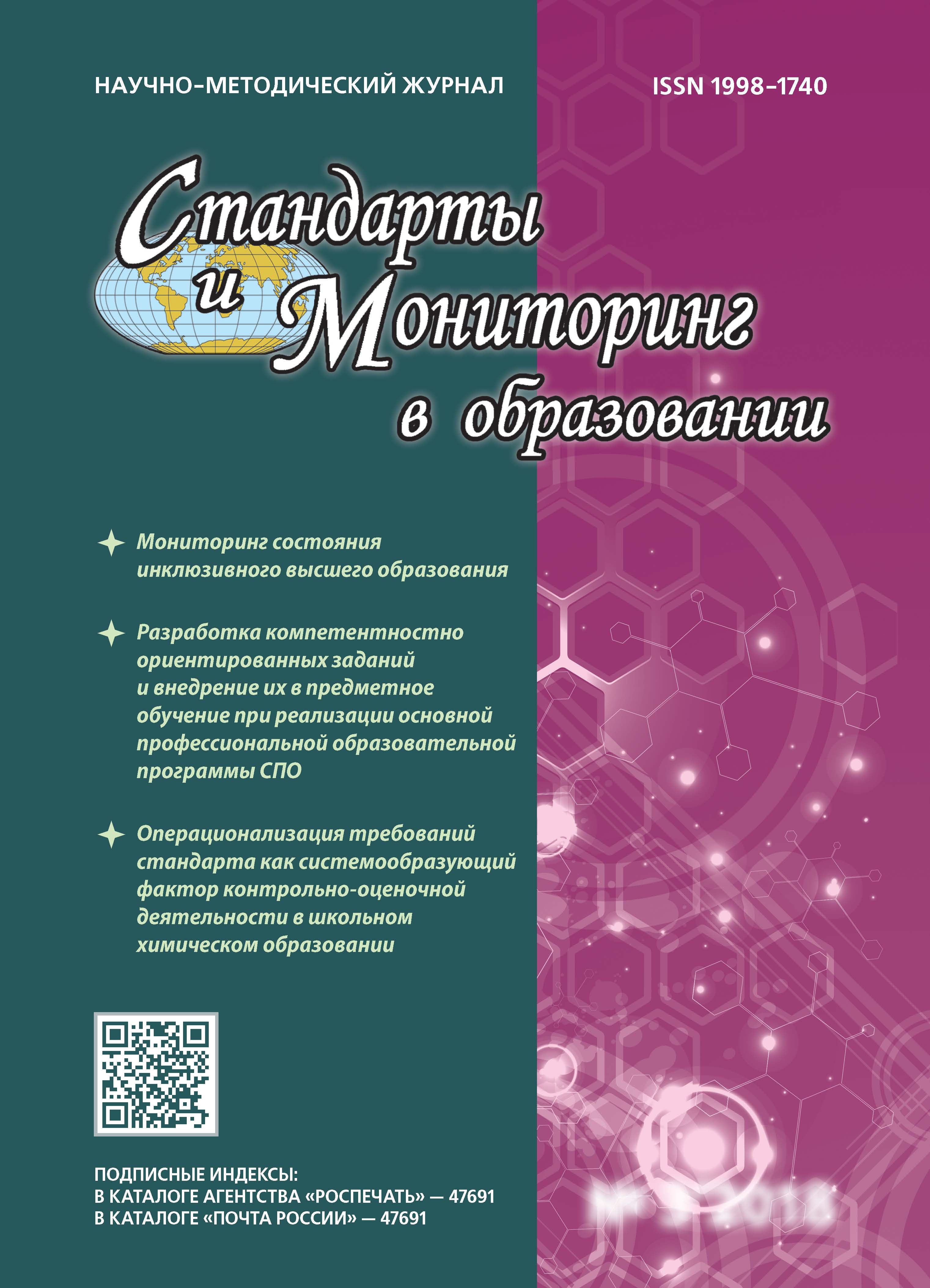The article discusses the national policy aimed at maintaining, enhancing and building-up health of the rising generation through engraining habits of healthy lifestyle during the schooldays. The school is considered to be the most sustainable social institution and efficient conductor of the national policy in the field of health. The author compares how Educational standards of the 1st and 2nd generations deal with the goal of cultivating ideas of healthy lifestyle among students. Special emphasis is made on fundamental differences in targets and performance requirements for education at primary, secondary and senior school. The role of certain subjects in nurturing the culture of healthy lifestyle is highlighted. Educational standards are analyzed with respect to current trends, observed both in this country and abroad, concerning the role of school education in upbringing healthy generation. The main trends are: shift from the tradition of public healthcare to caring about health of individuals and the recognition of lifestyle as the leading factor of individual’s health. Hence the declared objective of school education is to nurture the culture of healthy lifestyle among students. The author mentions two fundamental ideas for boosting education in the field of health: to make education more individually-, axiologically- and culturally-oriented and also to enhance its pragmatic aspect. Such subjects as physical training and FFI play the leading role in implementing these ideas at all levels of education, while the subject of “Surrounding World” is crucial for the primary school education, and Biology — for secondary and senior school. The 2nd generation educational standards, the author argues, tend to integrate educational goals of different subjects, e.g., physical training and FFI, in order to implement systems-and-activity approach in education.
Federal state educational standards (FGOS), the 1st generation FGOS, the 2nd generation FGOS, goals of education, requirements to the results of education, individual and objective results of education.
В условиях модернизации российского общества наблюдается заметное обострение социально-экономических проблем, и одна из них – ухудшение здоровья детей, подростков и молодежи. В связи с этим возрастает значение школы в области сохранения, укрепления и формирования здоровья подрастающего поколения – будущего России. Именно школа является наиболее устойчивым социальным институтом государства, проводником государственной политики в сфере здоровья, важным средством здоровьесберегающего и здоровьеформирующего образования.
Направления государственной политики в сфере здоровья нашли отражение в федеральных государственных образовательных стандартах первого и второго поколения.
В условиях перехода с ФГОС первого поколения на стандарты второго поколения важно понимать разницу целевых ориентиров и подходов к реализации здоровьесберегающего направления образования, а также значение:
- образовательных областей и учебных предметов в формировании здорового образа жизни школьника как ведущего фактора здоровья;
- фундаментального ядра содержания в формировании здоровья школьника;
- воспитательной работы со школьниками во внеурочное время.
Системная работа по формированию у обучающихся культуры здорового и безопасного образа жизни предусматривается в Стандартах нового поколения, реализация которых происходит уже в начальной школе. Создавая новый вариант нормативного документа, авторы исходили из современного понимания проблематики здоровья как разнообразия факторов здоровья школьников, механизмов его формирования. Так, в науке и практике наблюдается изменение стратегии формирования здоровья – от общественной здравоохранительной к индивидуальной здравосозидательной. При выборе управляемой модели здоровья человека признали новый подход – формирование здорового образа жизни.
1. Vayner E. M. Valeologiya: uchebnik dlya vuzov. - M.: Flinta: Nauka, 2001. - 416 s.
2. Diduk I. A. Vospitanie otvetstvennogo otnosheniya mladshikh podrostkov k zdorov'yu kak obshchestvennoy tsennosti: avtoref. dis. ...kand. ped. nauk. - Smolensk, 2007.
3. Primernye programmy po uchebnym predmetam. Nachal'naya shkola. - V 2 ch. - Ch. 1. - M., 2010.
4. Federal'nyy komponent gosudarstvennogo standarta obshchego obrazovaniya. - Chast' 1. Nachal'noe obshchee obrazovanie. Osnovnoe obshchee obrazovanie. - M., 2004.
5. Federal'nyy komponent gosudarstvennogo standarta obshchego obrazovaniya. Srednee (polnoe) obshchee obrazovanie. Vestnik obrazovaniya Rossii: sbornik prikazov i instruktsiy ministerstva obrazovaniya i nauki. - 2004. - № 15.
6. Federal'nyy gosudarstvennyy obrazovatel'nyy standart nachal'nogo obshchego obrazovaniya. - M., 2009.
7. Federal'nyy gosudarstvennyy obrazovatel'nyy standart osnovnogo obshchego obrazovaniya. - M., 2010.
8. Federal'nyy gosudarstvennyy obrazovatel'nyy standart obshchego obrazovaniya. - M., 2012.






